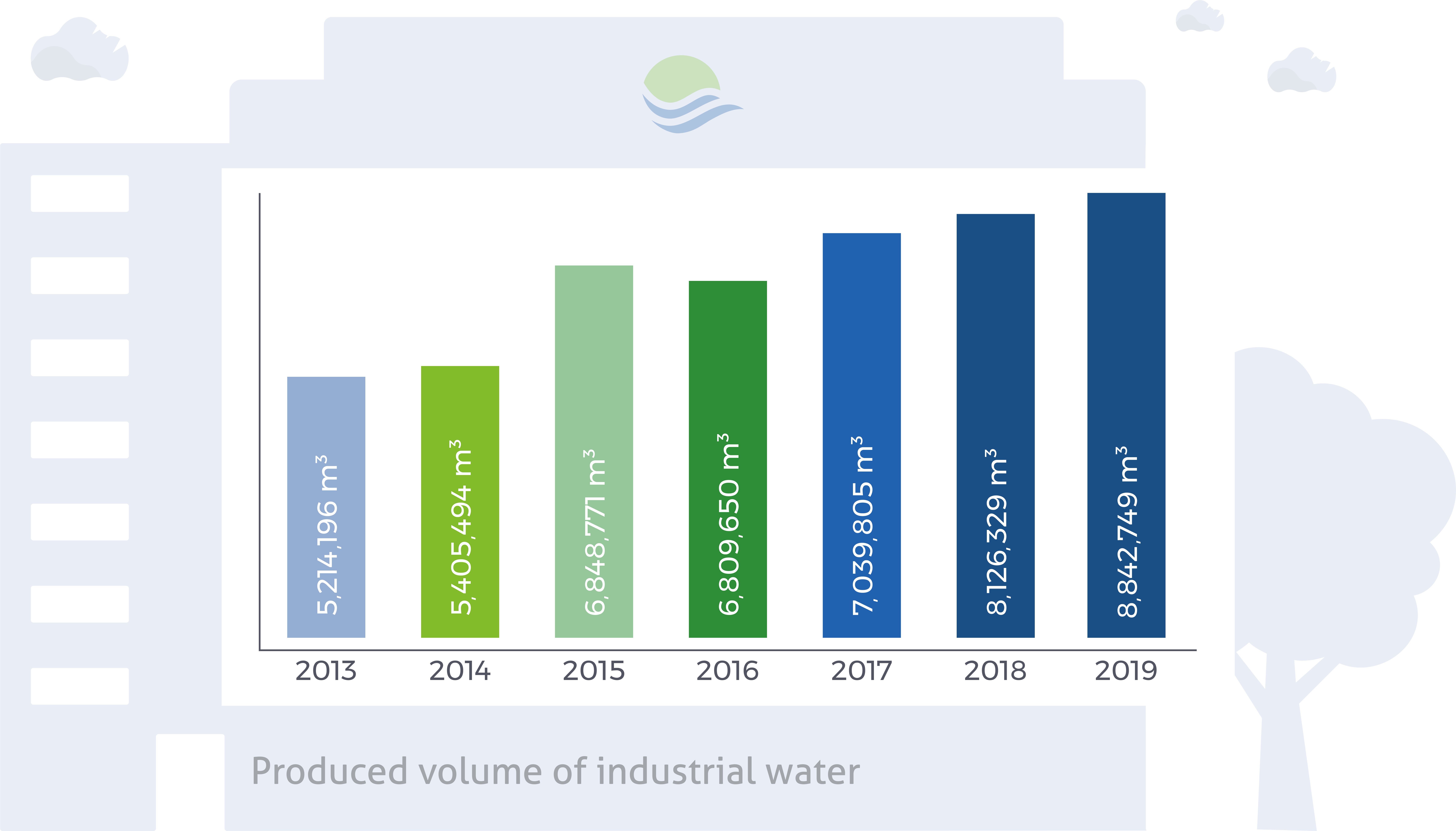Sustainable consumption
Demand for ‘customised water’ solutions increases
More and more businesses are calling on De Watergroep to help reduce their water consumption. To conserve natural water supplies in Flanders, we set out to find alternative sources for process water together with these businesses.

Our Industry and Services business unit designs, builds and operates customised water installations for companies in Flanders and our neighbouring countries. On every site used by major water consumers, we are able to find a suitable and sustainable water source that can be converted to the required end quality. This eliminates distribution costs and allows businesses to operate more sustainably. Amongst other things, our installations can produce drinking water, demineralised water and ordinary fire water on the basis of river or canal water, rainwater, the effluent of industrial water treatment and so on.
De Watergroep always seeks to deliver the right product at the right time, at the most economical price.
Major water consumers
“In 2019, our annual production of customised water rose from 8.1 million cubic metres to 9 million cubic metres”, Head of Industry and Services Frank De Poortere says. “This growth is partially down to new installations that have become fully operational, such as the ones at Milcobel in Kallo and Langemark. We are also actively looking for new projects, both at home and abroad. As part of this, we’re mainly focusing on major water consumers, who use enough water to ensure any reuse project pays for itself in no time. For most projects, we are limiting ourselves to a radius of 300 kilometres from Brussels, so we can guarantee flawless operation of the installations. We have also seen a rise in our staff numbers to help us deal with these challenges. Together, we’ve been able to realise a fantastic profit figure.”
